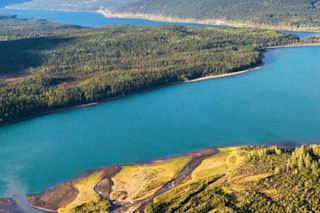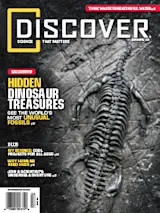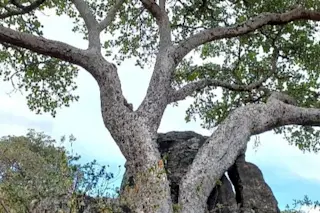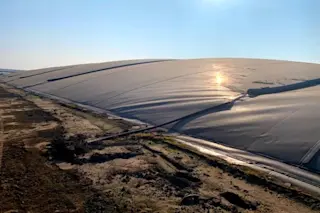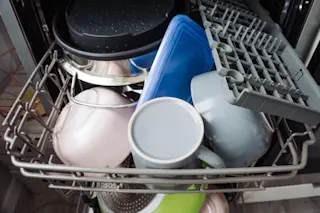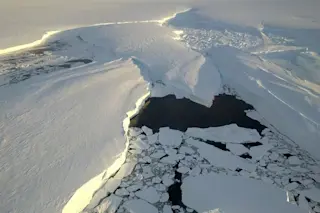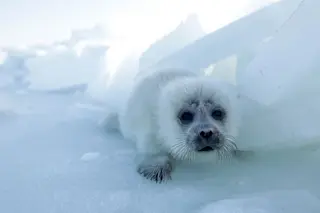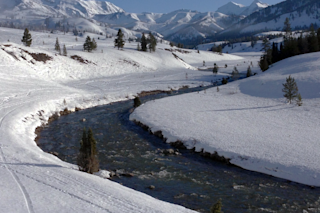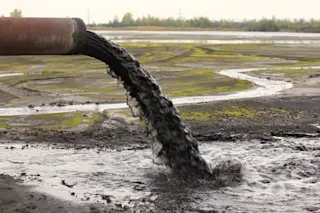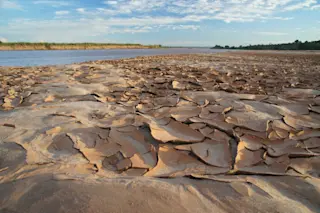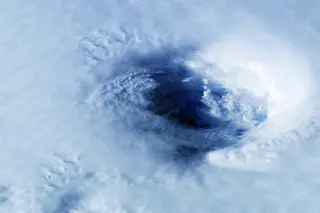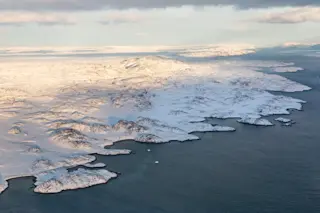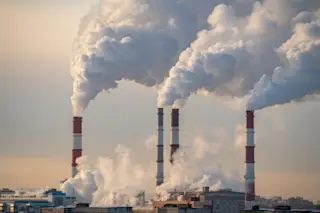This story was originally published in our March/April 2022 issue. Click here to subscribe to read more stories like this one.
In the bitter cold winter of 2017, British Columbia’s minister of energy and mines discovered that someone had staked a mining claim in his actual backyard. The request had come without notice or warning. If approved, it would allow the people behind it to pan for precious minerals in streambeds on his Cranbrook, B.C., property, less than 50 miles north of the U.S. border.
The abandoned Tulsequah Chief ore mine in northwestern British Columbian operated for less than 10 years before closing in 1957. More than 60 years later, it still leaks toxicants into the Taku River watershed, which flows into southern Alaska and the Pacific Ocean. (Credit: Chris Miller)
Chris Miller
“The claim is not going to pay off for them,” then-Minister Bill Bennet told The Province at ...


